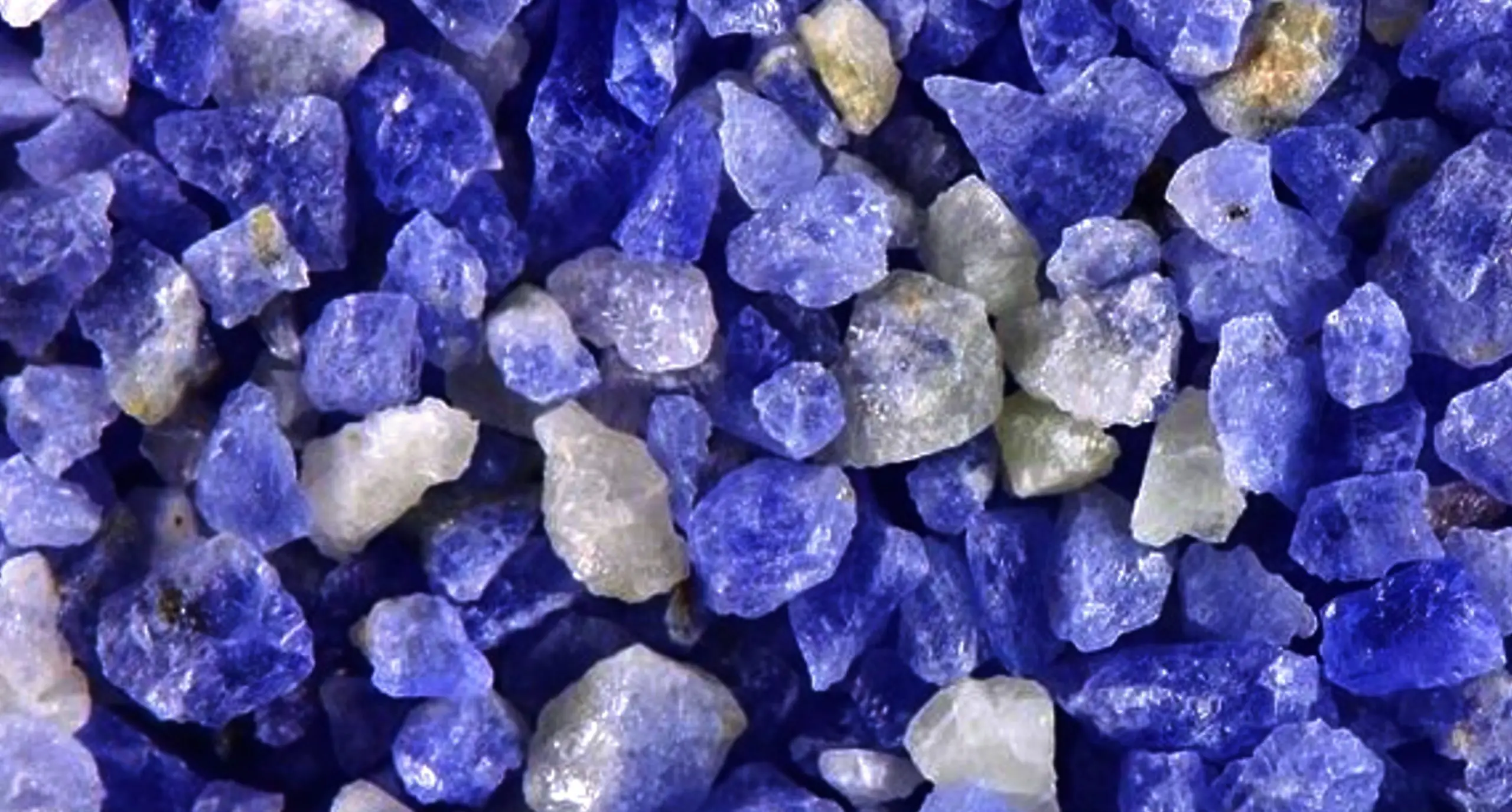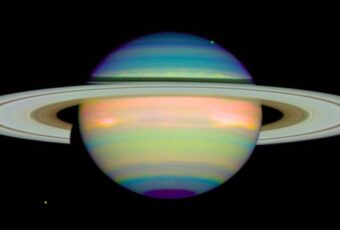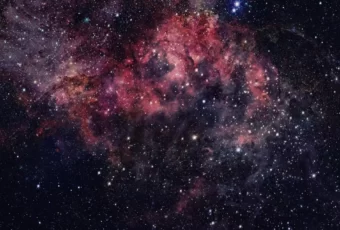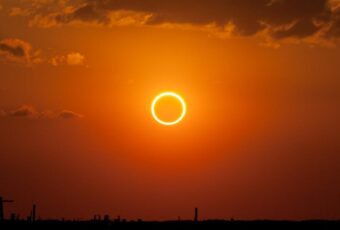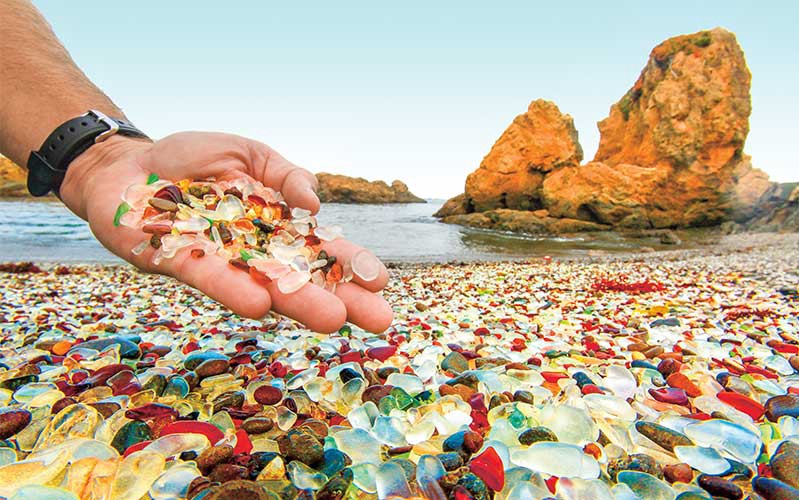
Glass Beach In Fort Bragg
There is a lot of natural variation among sand found in the wild. While Iceland has black sand beaches and Alaska has jewel sand filled with minerals, Namibia is home to bright blue sand. Blue is a rare color in nature, with less than 10% of the world’s flowering species capable of producing it. However, rocks can produce blue hues, such as those containing sodalite. Sodalite is a mineral found in igneous rocks that crystallized in magma rich in sodium, hence its name derived from the Ancient Greek for “salt stone.”
Sodalite contains sodium, aluminum, silicon, oxygen, and chlorine, and can be uniform in color or striped to resemble a stormy seascape. Due to its appearance, it’s a popular choice for rock tumblers and jewelers who smooth out its edges to create a shiny surface. While sodalite is found worldwide, Namibia boasts the largest deposits.
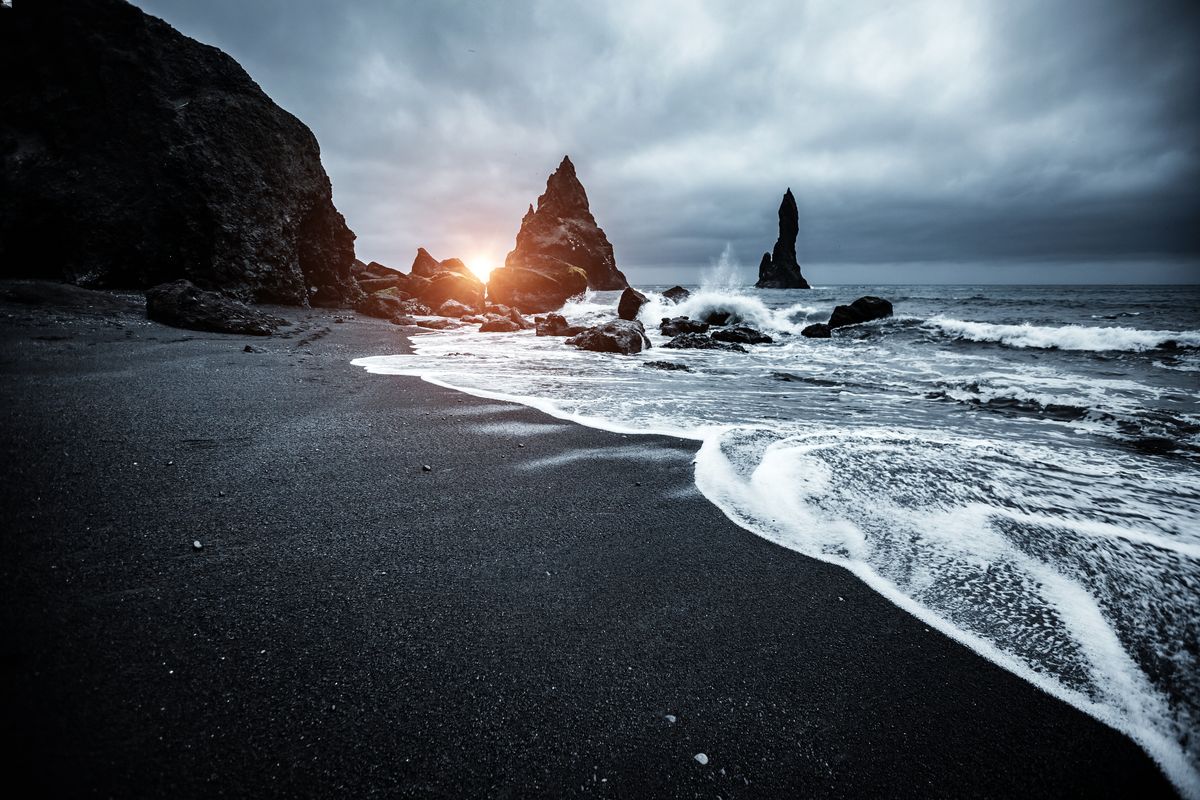
Black Sand In Iceland
The color of natural sand depends on where it originates. Wind and waves erode larger rocks until they become tiny specks that settle on the seafloor, creating sand. In Namibia, mining and erosion have led to the discovery of sodalite sand, but not enough to create an entirely blue beach. Alaskan sands contain blueish specimens due to glauconite, an iron potassium phyllosilicate mineral. Olivine and iron oxides also give rise to green and orange sands.
Fort Bragg in California is home to the weirdest colorful beach, where smoothed-out shards of glass and pottery create artificial pebbles along the entire shoreline. These stones result from the beaches’ past use as dump sites from 1943 to 1967. So, next time you visit the beach, pick up a handful of sand and see what colors you can find.



